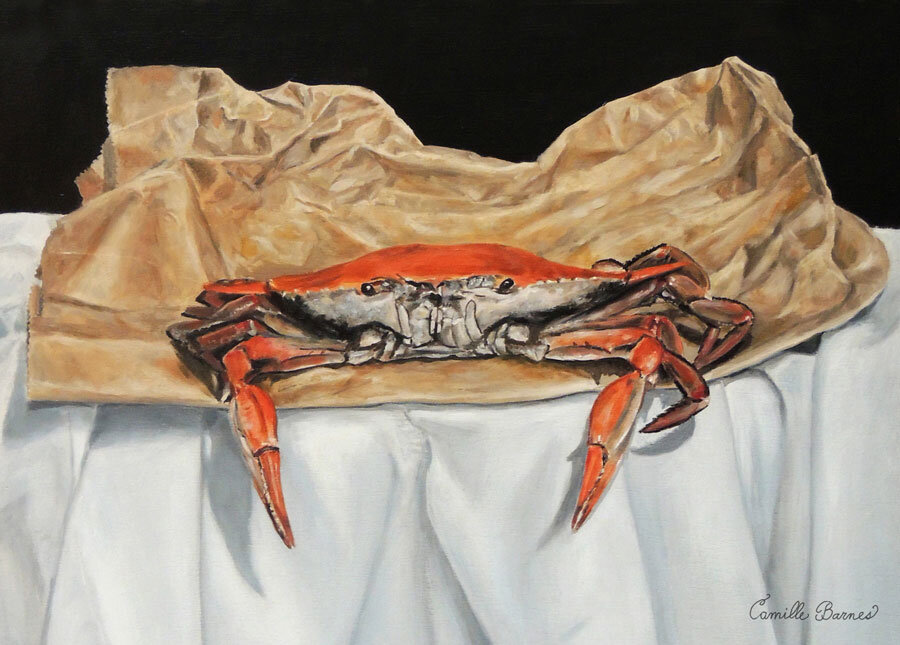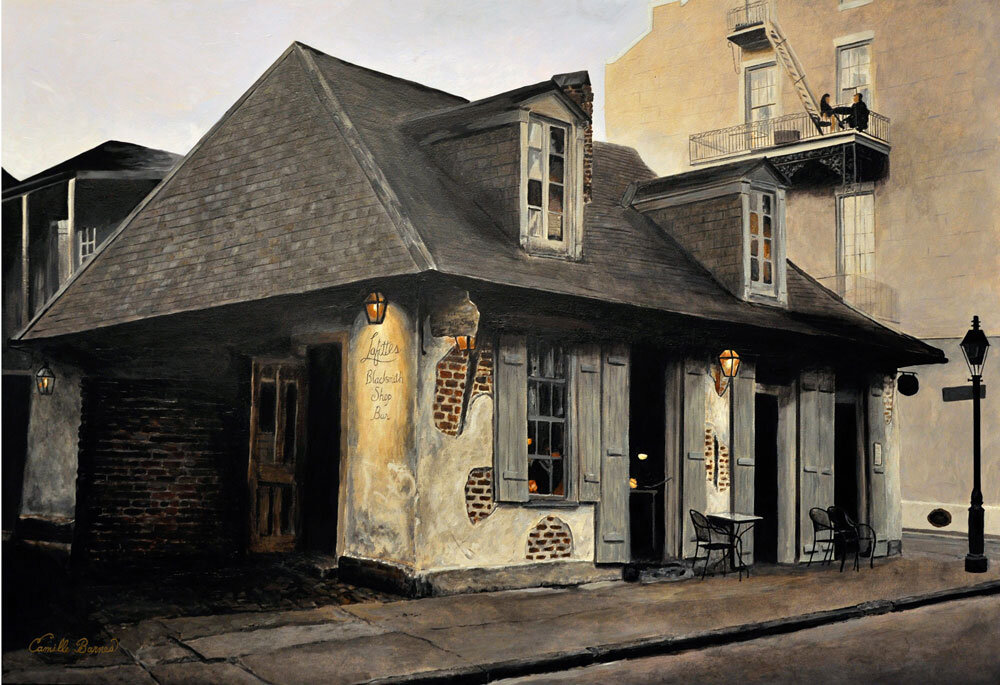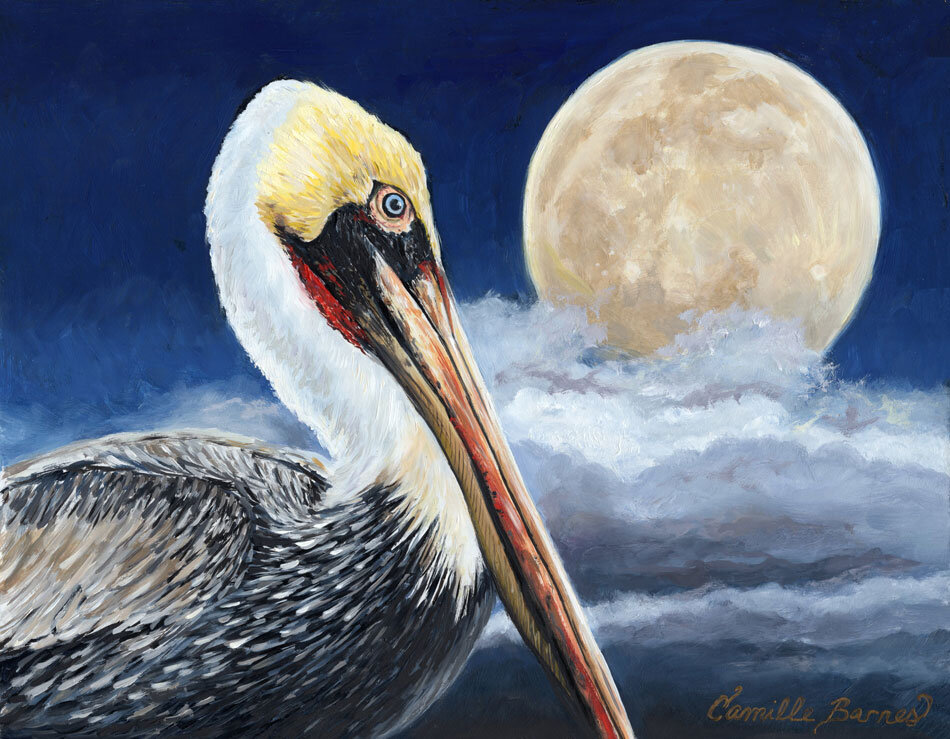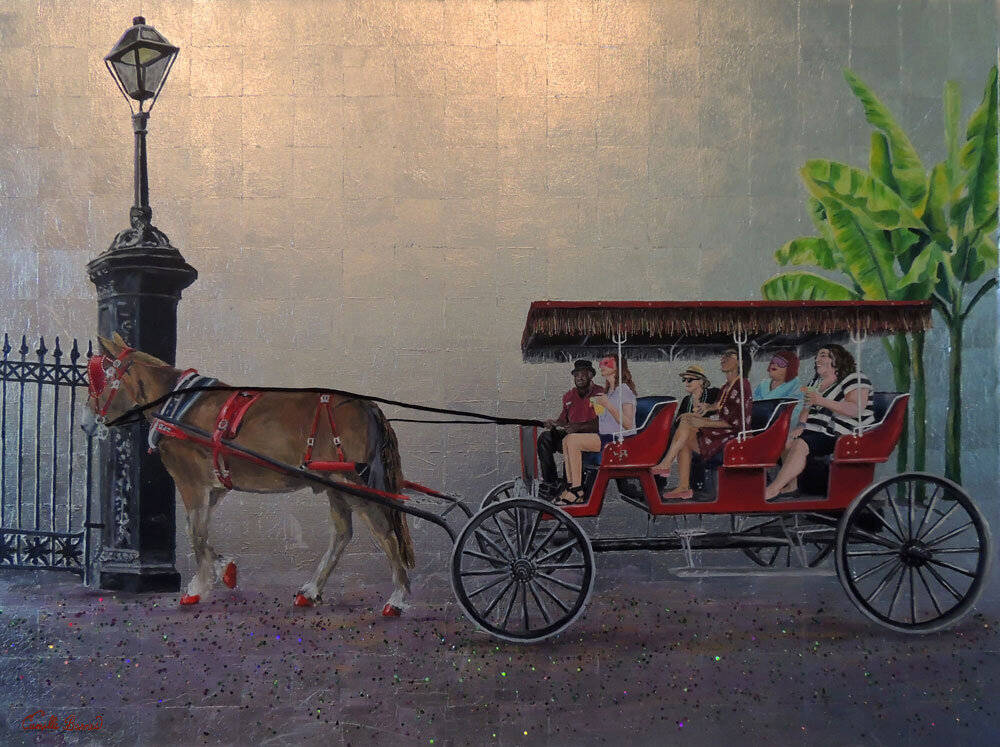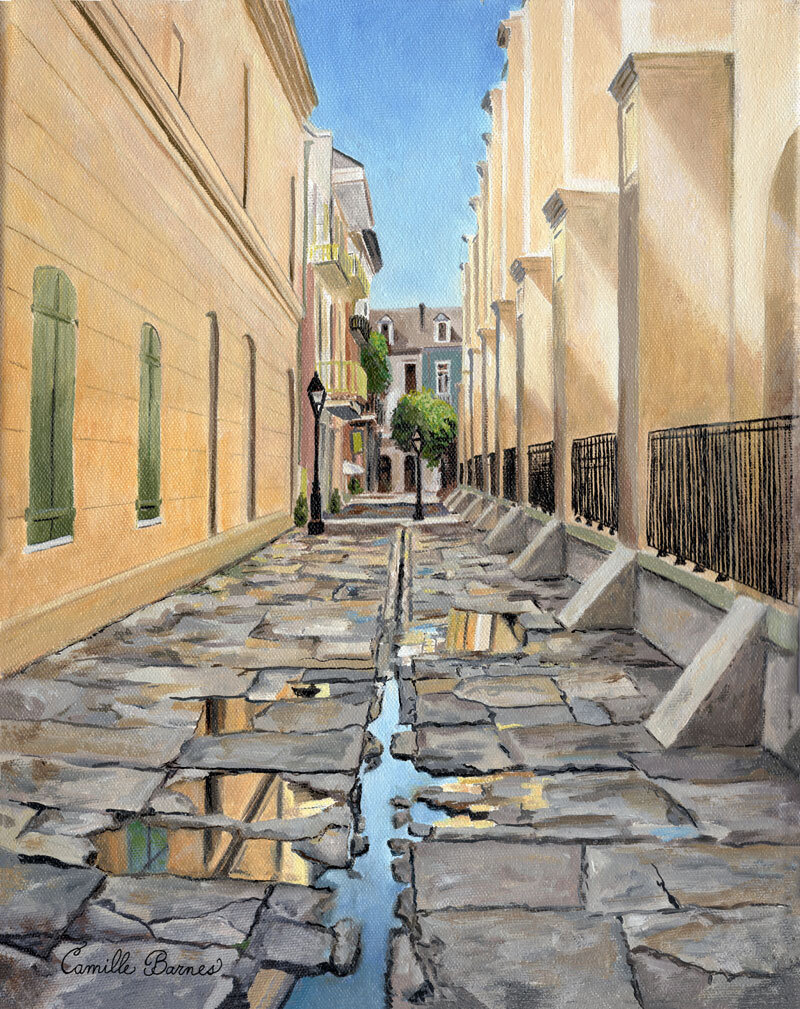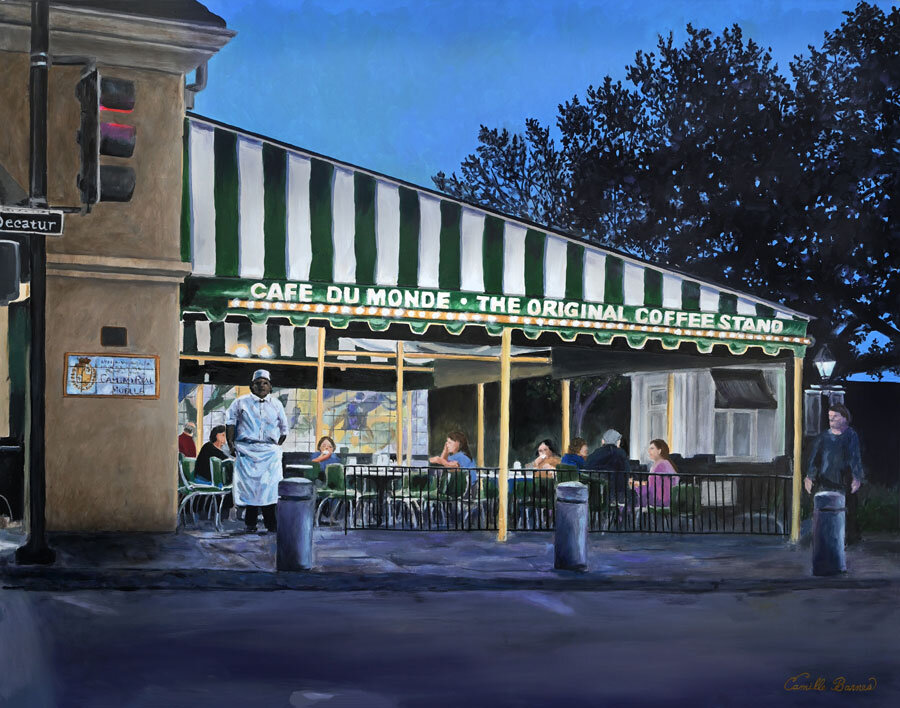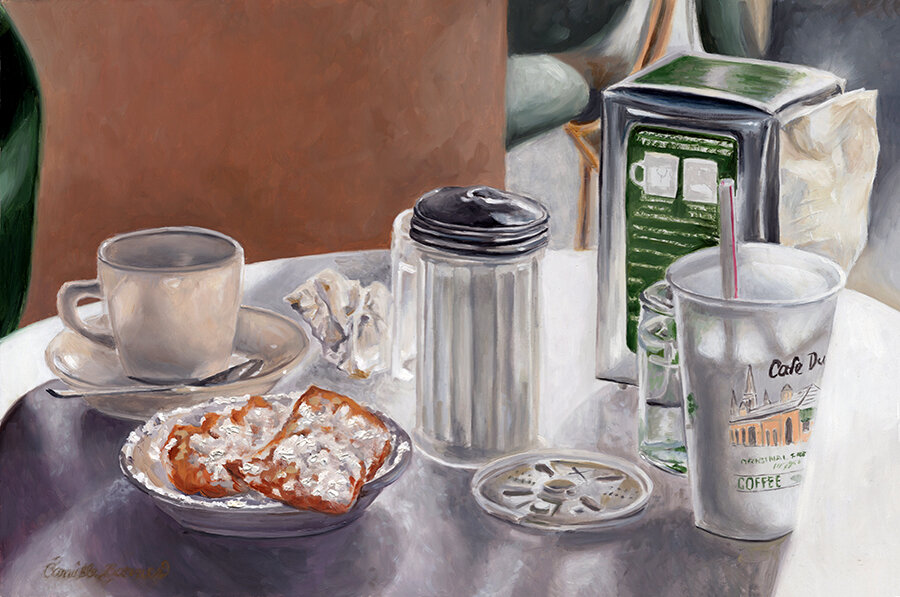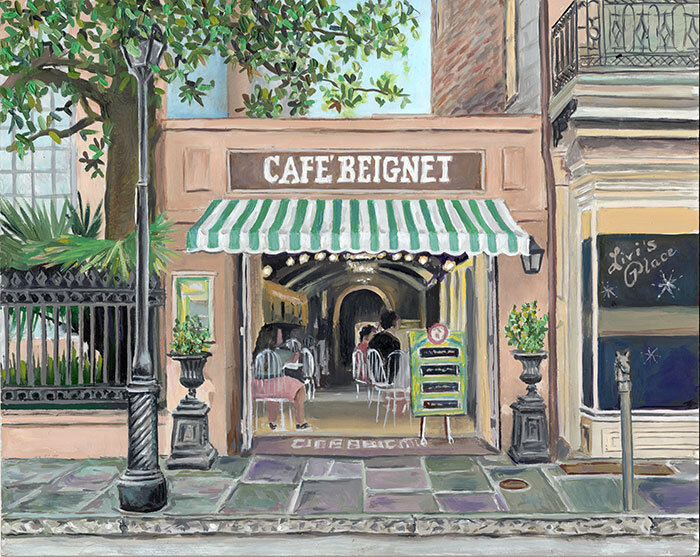Unveiling the Masterpiece through an Artist's Eyes
In the realm of artistic creation, there exists a profound and intricate process that transcends the mere act of putting paint on canvas. This process, often referred to as "the art of seeing," is a fundamental skill for any artist. It is the ability to observe with a critical eye and analyze it. An understanding is needed for understanding forms, colors, textures, and compositions. It is through this lens that artists transform their thoughts, emotions, and perceptions into captivating visual narratives that resonate with viewers across time and space.
Developing these skills takes practice and discipline. One must learn to be patient through the process. A keen attention to detail is needed for the realism artist. By actively engaging with the visual world around them, the artist can train their eyes to see more deeply and develop a greater understanding of visual concepts.
Composition: Crafting the Visual Symphony
At the heart of every impactful artwork lies a carefully orchestrated composition. The arrangement of elements within the frame determines the flow of the viewer's gaze and sets the stage for the story being told. Artists employ techniques like the rule of thirds, leading lines, and balance to guide the eye and evoke a harmonious visual experience. Through the art of seeing, an artist perceives not just individual objects, but the relationships and interplay that give rise to a dynamic whole.
Angels: Shaping Perspective and Dimension
Angles, or perspectives, define how objects relate to one another within a two-dimensional space. The art of seeing entails the ability to translate the three-dimensional world onto a canvas, creating the illusion of depth and volume. Artists experiment with various angles to convey different emotions and to emphasize the significance of certain elements. Whether it's a dramatic foreshortening or a sweeping panoramic view, the chosen angle contributes to the visual language that communicates the artist's intent.
Color Values and Complementary Hues: Painting with Emotion
Colors are not only aesthetically pleasing; they are vessels of emotion and meaning. The art of seeing involves understanding the intricate relationships between different hues and their varying values. Artists deftly use contrasts between light and dark, warm and cool tones, and complementary colors to create visual impact and evoke specific moods. Through a deep understanding of color theory, artists masterfully infuse their work with feelings that resonate with the viewer's soul.
Depth and Perception: Breathing Life into Flat Surfaces
Transforming a flat canvas into a multi-dimensional realm is a hallmark of artistic mastery. Through the art of seeing, artists manipulate scale, overlapping forms, and atmospheric perspective to simulate depth. This technique tricks the eye into perceiving distant objects as smaller and less distinct, mimicking the way our eyes perceive the world in real life. As a result, the viewer is drawn into the artwork, exploring its layers and experiencing its nuances.
The Story Being Told: A Visual Narrative
Art is a powerful medium for storytelling, and every brushstroke contributes to the narrative being woven. The art of seeing involves not just observing objects, but recognizing the stories they carry. Artists infuse their work with symbolism, metaphors, and emotions, inviting viewers to engage in a dialogue with the piece. The artist's perspective becomes a bridge between their inner world and the outer reality, giving birth to stories that transcend time and cultural boundaries.
The Meditative Act of Creation
Engaging in the art of seeing requires a meditative state of mind. Artists immerse themselves in the world around them, shedding preconceived notions and embracing the present moment. This mindfulness enables them to capture fleeting details and subtle nuances that might otherwise go unnoticed. As artists connect with their subjects on a deep level, they are able to translate their observations into a visual language that speaks to the hearts of others.
In conclusion, the art of seeing is an intricate dance between perception, emotion, and expression. Through mastery of composition, angles, color values, complementary hues, depth, and storytelling, artists transform blank canvases into windows into their souls. Each stroke of the brush becomes a brushstroke of consciousness, inviting viewers to witness the world through an artist's eyes. So, the next time you gaze upon a captivating masterpiece, remember that it is not just a visual representation—it is a testament to the artist's ability to see beyond the ordinary and to capture the extraordinary.
The art of seeing is also important for anyone who wants to appreciate and understand the visual world. By holding the skill, individuals can develop a greater appreciation for art and design, as well as a deeper understanding of the world around them. This is a skill that can be continually refined and developed throughout one's lifetime.


